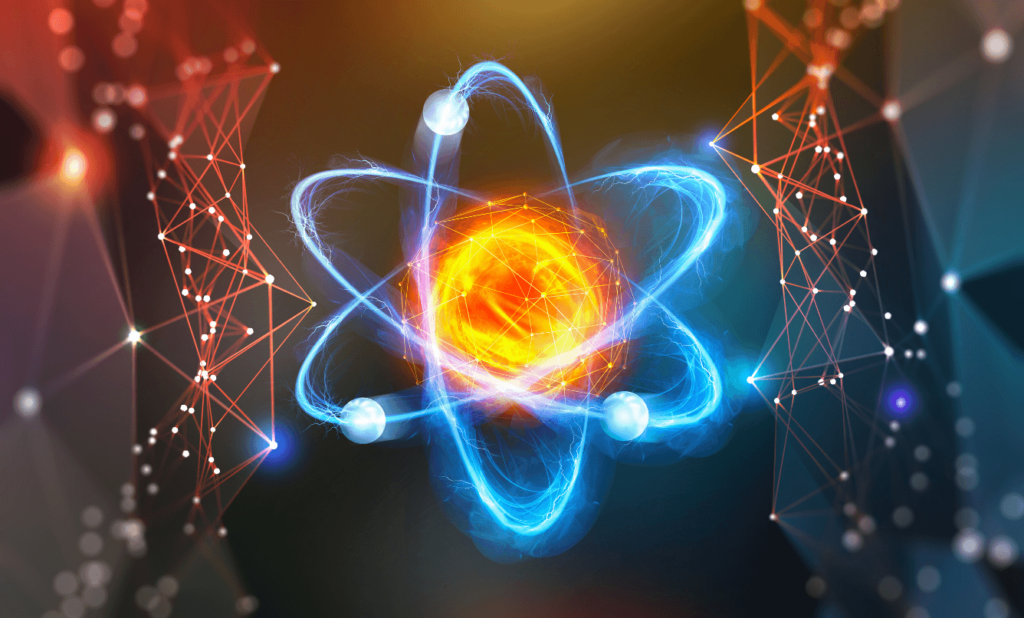Does this news have investment implications?
While this is very big news, it should be contextualized that the hurdle is more symbolic than practical, especially in the realm of future commercial power generation. It’s a massive achievement to reach a threshold where more energy is created than put into the experiment (thus creating energy); however, there are some qualifiers that should temper expectations.
First, the methodology leveraged by the NIF – called inertial confinement fusion – is a much more nascent methodology for fusion in the context of collecting the power for conversion to electrical energy. The more traditional power generation fusion methodology – magnetic confinement fusion – has been under development for a lot longer, and there are large scale reactors currently under development in both France and Korea. Rather than relying on lasers to ‘blast’ a fuel pellet, these reactors fuse atoms in a circular cylinder of high-powered magnets which confine a super-heated plasma within which high-energy collisions of atoms can occur. In parallel with studying the confinement and fusion of atoms, these facilities are specifically developed to study the dispersion of heat along the cylinder wall surface, which can transfer heat to produce steam, then create electricity by means of an adapted traditional turbine seen in power plants today. While these reactors may not be achieving net energy gain unlike the NIF experiment, they are being designed with the next step for power generation in mind. The secondary capture of kinetic or heat energy from inertial confinement fusion (ICF) is still unknown.
Second, while the announcement from NIF is technically correct in that the energy applied by the ICF lasers was exceeded by the fusion reaction it created, this does not take into account the amount of energy required to create the laser beam which could vastly outweigh the energy created – estimates that the lasers at the NIF require about 150 times the energy they create, thus the net energy created is about 1% of the full system inputs required. (~300 MJ to power the lasers in the test, vs. ~2MJ of energy from the laser beamed in the experiment, to output ~3MJ of energy from fusion ignition.)
Last, because the ICF methodology creates the energy in a sharp, short burst, it will need to be recreated over and over, replacing the fuel pellet and any other necessary components needed to precisely hit the target. There is also some concern about the type of fusion reaction in ICF creating ambient radiation in the reaction chamber, requiring frequent replacement of other components in the experiment.
On the whole, while this announcement is a major step in nuclear energy research more broadly, in the specific power generation application of fusion, this is more like a commendable, but smaller, advance. To play devil’s advocate, the news is most likely a bigger boon for next generation weapons development rather than commercial electricity generation.
Nonetheless, NIF and the United States have taken a major step forward in proof of concept of fusion in any application, which is a symbolic win that might heat up international investment into the space. Like so many things, big innovations frequently start out of the defense industry (and are non-linear gains over time).
Finally, while there may not be commercially ready technologies or companies in fusion just yet, there are early-stage private fusion companies in portfolios of investment managers Pathstone recommends. For instance, Zap Energy is a promising fusion company in Energy Impact Partners’ portfolio. If you would like to understand implications for exposure to fusion in your own portfolio, please contact your advisor.
A big leap forward it seems, but with still a long way to go to prove commercial applicability for the power generation sector that many hope it will one day solve humanities’ greatest energy needs. In the meantime, plentiful zero-carbon power technology is available and at a levelized cost of energy lower than the fossil fuels the world hopes to transition from to combat climate change while still meeting demand.
To learn more about renewable and other zero-carbon technologies, including nascent carbon-negative solutions, see our recent report Beyond Sustainability: Carbon Negative.
Sources:
https://www.llnl.gov/news/national-ignition-facility-achieves-fusion-ignition
https://www.iaea.org/bulletin/exploring-alternatives-to-magnetic-confinement
https://cryptome.org/2014/06/wmd-4th-gen-quest.pdf
https://encyclopedia.pub/entry/28018
https://www.iter.org/sci/MakingitWork
https://bigthink.com/the-future/fusion-power-nif-hype-lose-energy/
Please see PDF for important disclosures.




















